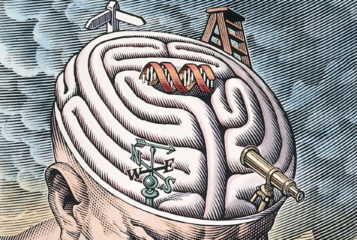
BioNews
Genomic medicine
Using genetic information to determine disease risk and predisposition, diagnosis, likely outcomes, and to help select and prioritise possible treatments.


UK study shows genome sequencing can improve multiple aspects of cancer treatment
Using whole genome sequencing and clinical data aids the delivery of personalised cancer care, landmark study shows...



Ethics at the ready
Ethical preparedness: a very brief intro. Professors Bobbie Farsides and Anneke Lucassen discuss how to be prepared to deal with the ethical issues that modern science delivers...


Podcast Review: The G Word – The need for health equity
With around 90 percent of human genetic samples come from people of European ancestry, this episode of the G Word from Genomics England explored the complex questions surrounding health equity...

UK's science strategy to focus on genomic surveillance
Officials have launched a science strategy outlining how the UK will prepare for emerging health threats, aiming to cement the UK's position as a 'global science superpower'...


England's action plan aims to improve rare diseases care
England's 2023 Rare Diseases Action Plan has been published, with aims to support and improve the care of rare diseases...

